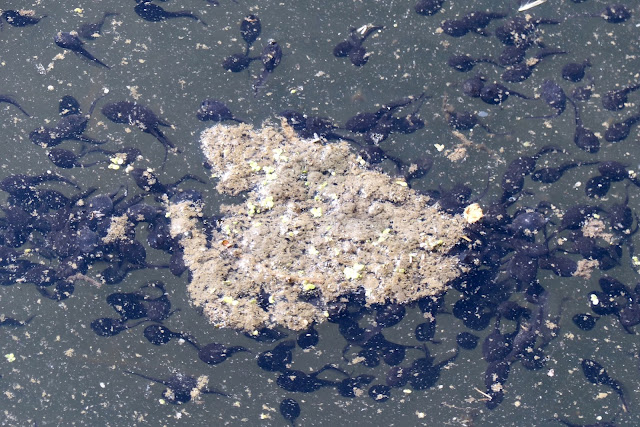Looking back, I really wonder how much we thought logically about the decision. In Maldon I had a steady job, Gill ran a healthy business in Sunflower, the two children who were still at home were happy - but the draw of another adventure, a chance to run a business the way we wanted to do, and the idea of making a new life in a stunning, if challenging part of the world were all too much.
We put the house on the market and it sold much more quickly than we expected so, since we would be moving into a much smaller house in Kilchoan, Gill set about selling and otherwise disposing of large amounts of our possessions after which most of the remainder went into storage. Then, during the summer holidays, we had to move into rented accommodation, a small Victorian semi-detached house at the top of Fambridge Road which was damp and cold.
The move would be tough on both David and Rachael. Although David was at boarding school in Essex he came home most weekends. The only carrot for him was that his holidays would be in Scotland, in a place which he had come to like. For Rachael it meant leaving her school, where she was settled, and moving to the unknown of a tiny primary with half-a-dozen pupils and one teacher.



















































